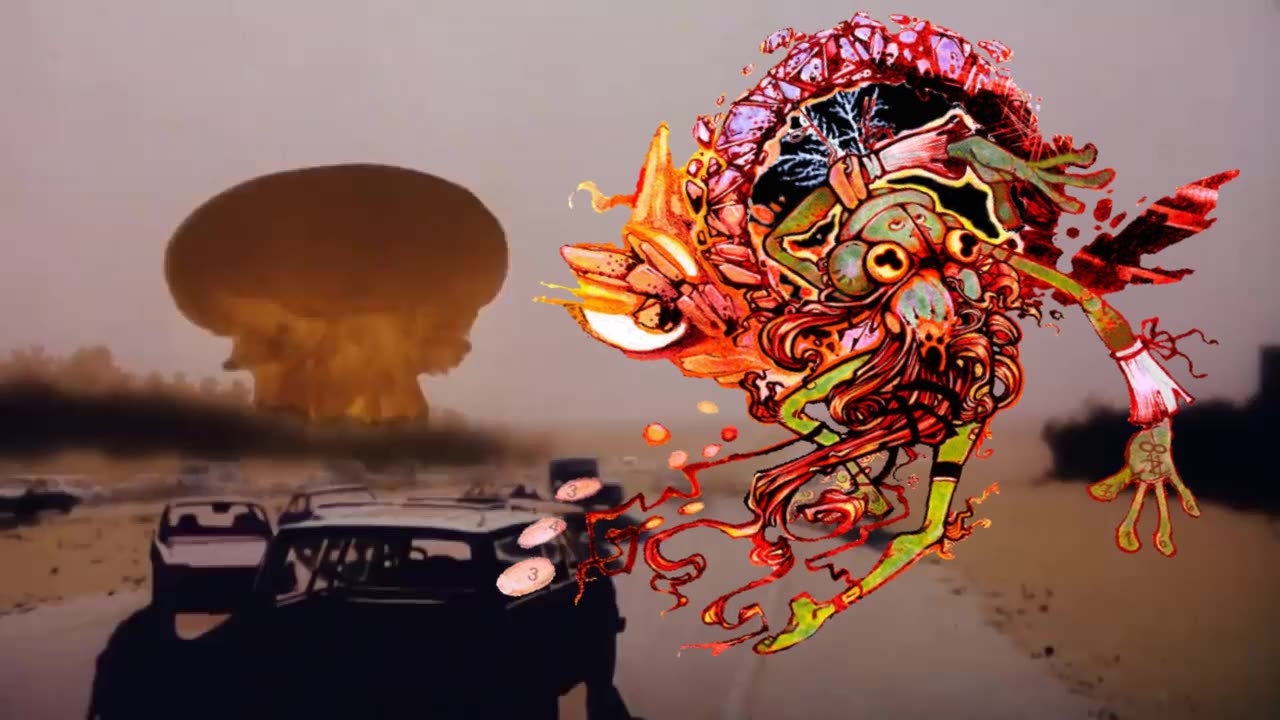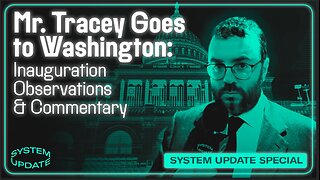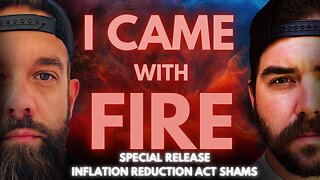Premium Only Content

In the Evening Fool in the Rain Led Zeppelin
In Through the Out Door Led Zeppelin
"In the Evening" Side 1 Track 1
"Fool in the Rain" Side 1 Track 3
In Through the Out Door is the eighth and final studio album by Led Zeppelin. It was recorded in three weeks in November and December 1978 at ABBA's Polar Studios in Stockholm, Sweden, and released by their label Swan Song Records on 22 August 1979 in the US and 24 August 1979 in the UK. Unlike earlier Led Zeppelin albums, In Through the Out Door was dominated musically by bassist and keyboardist John Paul Jones. It was the band's last release before they disbanded in December 1980 after the death of their drummer John Bonham three months earlier.
When they were recording this album, Jimmy Page and John Bonham were spending a lot of time together and would usually show up at the studio very late and work through the night. This started out with just drums and keyboards created by John Paul Jones, who had a new drum machine to work with.
The album was named by the group to describe its struggles after the death of Robert Plant's son Karac in 1977, and the taxation exile the band took from the UK. The exile resulted in the band being unable to tour on British soil for over two years, and trying to get back into the public mind was therefore like "trying to get in through the 'out' door".
The group began rehearsing material in September 1978. After six weeks, they travelled to Polar Studios in Stockholm to begin recording. In contrast to previous Led Zeppelin albums, In Through the Out Door features much greater influence on the part of bassist and keyboardist John Paul Jones and vocalist Robert Plant, and relatively less from drummer John Bonham and guitarist Jimmy Page, who often failed to show up on time at the recording studio. Bonham was struggling with alcoholism and Page was battling heroin addiction. Jones later said, "there were two distinct camps by then, and we [Plant and I] were in the relatively clean one." Many of the songs were consequently put together by Plant and Jones during the day, with Page and Bonham adding their parts late at night. Jones was inspired by the Yamaha GX-1 synthesizer he had recently purchased, and he was "working closely with Robert, which was something that had not happened before"
"In the Evening" was planned as the opening track for the album as "a full-blown epic", in order to show that Led Zeppelin could still make good music. The track features a contrast between the powerful riffs in the main part of the track, against a relatively quiet middle section. Jimmy Page used a drone effect on his guitar similar to create a sound similar to what he did on the song "In The Light," but instead of using a cello bow on his guitar, he used a Gizmotron to create the effect. The Gizmotron is a guitar processing device invented by Lol Creme and Kevin Godley from the band 10cc to get a strange distorted sound.
The intro was apparently taken from a soundtrack Jimmy Page was working on for fellow Aleister Crowley admirer Kenneth Anger's film Lucifer Rising. The soundtrack for the film ended up being provided by Bobby Beausoleil, a member of the Manson family.
"Fool in the Rain" was an attempt to combine a samba rhythm with a basic rock tune, resulting in a polyrhythm part way through the song. The idea was inspired by Plant explaining that the group must explore new musical territory in order to remain current.
Jimmy Page got the idea for the Samba beat from watching the World Cup soccer tournament in 1978. Argentina was the host country, and he heard a lot of Samba rhythms while watching.
This was the last Led Zeppelin song to chart in the US. The group didn't release many singles, but they pegged this one for popular appeal. Zeppelin retired with six Top 40 hits in America.
Jimmy Page used regular distortion on this song, as well as an obscure effect called a called a blue box, which is a fuzz/octave pedal. This fuzzes (or distorts) the guitar, then drops it down two whole octaves. James Taylor's bassist has used this effect.
Mexican rockers Mana recorded this for the Spanish language market edition of the tribute album Encomium.
The original album featured an unusual gimmick: the album had an outer sleeve which was made to look like a plain brown paper bag (reminiscent of similarly packaged bootleg album sleeves with the title rubber-stamped on it), and the inner sleeve featured black and white line artwork which, if washed with water, would become permanently fully colored. There were also six different sleeves featuring a different pair of photos (one on each side), and the external brown paper sleeve meant that it was impossible for record buyers to tell which sleeve they were getting. The pictures all depicted the same scene in a bar (in which a man burns a Dear John letter), and each photo was taken from the separate point of view of someone who appeared in the other photos. The photo session in a London studio was meant to look like a re-creation of the Old Absinthe House, in New Orleans, Louisiana.
The album artwork was designed by Hipgnosis' Storm Thorgerson. In 1980, Hipgnosis was nominated for a Grammy Award in the category of Best Album Package for In Through the Out Door.
-
 2:08:22
2:08:22
Kim Iversen
5 hours agoIs This Even Legal? Trump’s Push to End Birthright Citizenship and The Insane Plan to Move Palestinians to Indonesia
37.6K100 -
 1:27:06
1:27:06
Glenn Greenwald
5 hours agoMr. Tracey Goes To Washington: Inauguration Observations, Interviews & Commentary | SYSTEM UPDATE #393
91.6K37 -
 52:01
52:01
Tucker Carlson
9 hours agoNew York Mayor Eric Adams Sounds a Lot Like a Trump Voter
166K132 -
 2:47:25
2:47:25
Right Side Broadcasting Network
8 hours agoLIVE REPLAY: President Donald J. Trump Holds First Press Briefing Since Inauguration - 1/21/25
213K176 -
 LIVE
LIVE
Man in America
7 hours ago🔴 LIVE: Trump UNLEASHED! Dismantling the Deep State and Restoring America
2,010 watching -
 27:22
27:22
I_Came_With_Fire_Podcast
9 hours ago🔥SPECIAL RELEASE🔥 Inflation Reduction Act: American Seniors Get SLAMMED!!
4.56K1 -
 DVR
DVR
vivafrei
8 hours agoD.C. Gulag Jan. 6 Prisoners Release Watch!
160K80 -
 1:49:14
1:49:14
Redacted News
7 hours agoTrump is Back! Congress Uncovers New Biden Crimes One Day After He Leaves D.C. | Redacted
152K218 -
 2:09:53
2:09:53
Benny Johnson
7 hours ago🚨President Trump LIVE Right Now Making MASSIVE Announcement At White House News Conference
266K325 -
 2:04:10
2:04:10
Revenge of the Cis
8 hours agoEpisode 1433: Retribution
110K16